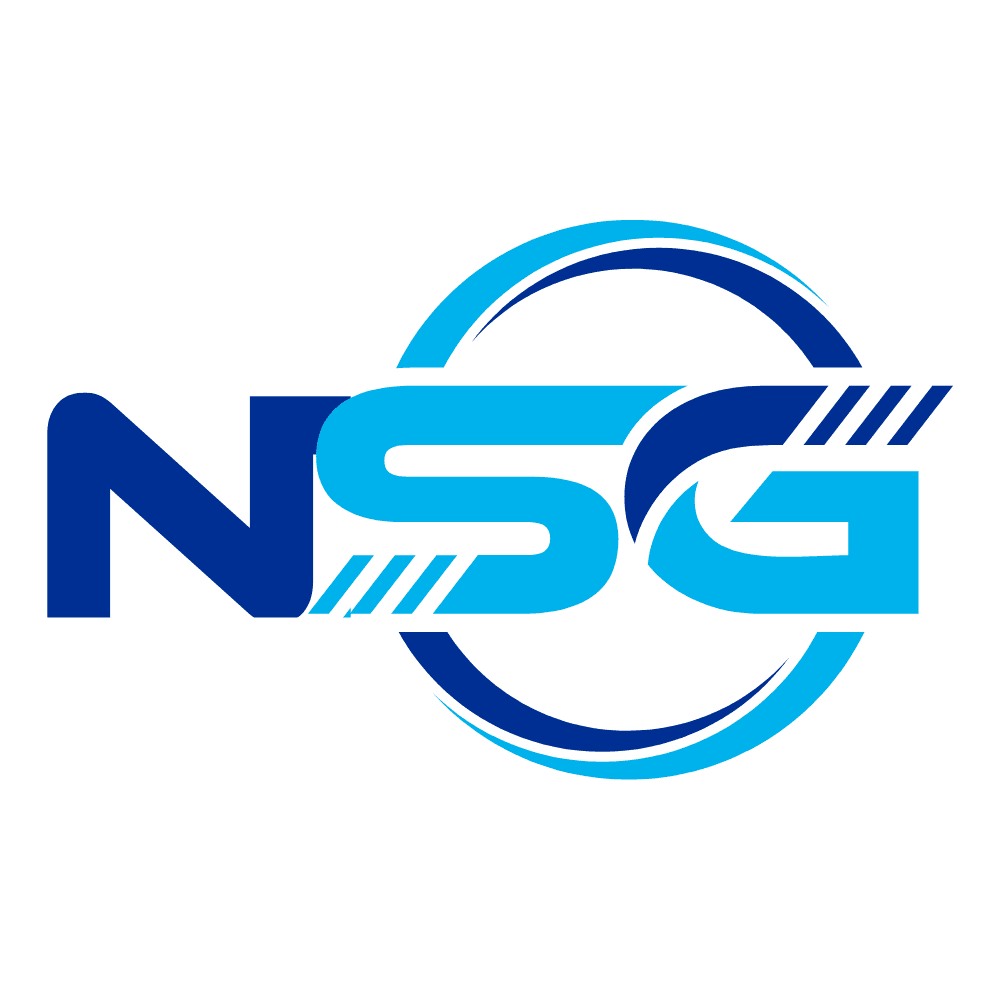Imagine this: Your customer support line is flooded. Your algorithms keep reacting — but never anticipating. Meanwhile, your competitor’s AI sees problems before they happen… and solves them. That difference? AI agents vs Agentic AI. And in 2025, that’s the gap between relevance and obsolescence.
Why This Matters Right Now Business leaders love efficiency. But here’s the truth: Most enterprises are still using AI agents that function like obedient assistants — waiting to be told what to do. Agentic AI, on the other hand, is like hiring a strategist who never sleeps:
- Sets its own goals
- Learns in real time
- Adapts to sudden market changes
- Spots risks before you even know they exist
💥 By 2029, Gartner predicts 80% of service issues will be solved autonomously. If your AI can’t do that yet… your competitors will. This isn’t a future trend; it’s a present-day mandate.
The Problem: The ‘Legacy’ AI Trap
| Current State (AI Agents) | Why It’s Holding You Back |
| Executes only predefined tasks | Creates rigid, unadaptable workflows, a critical weakness in today’s volatile markets. |
| Session-based memory | Leads to fragmented customer experiences and redundant information gathering. |
| Manual tuning needed | Increases operational overhead and slows scaling to a crawl. |
| Flags compliance issues | Doesn’t offer proactive solutions, leaving your team to scramble for fixes and creating legal exposure. |
Result? You’re always reacting, never leading.
The Solution: Building an Agentic AI Advantage

| Advantage | What It Means for You |
| Goal-driven autonomy | This isn’t just about automation. It’s about AI as a co-pilot, setting strategic objectives and executing them to achieve KPIs. |
| Long-term memory | Creates a unified customer view, enabling deeply personalized and seamless interactions across channels. |
| Cross-domain adaptability | A single Agentic AI can learn and apply knowledge from logistics to finance, eliminating data silos and creating a holistic operational view. |
| Compliance foresight | Predicts potential policy violations and recommends adjustments before an audit even begins, saving millions in potential fines. |
Nuanced Real-World Proof & External Validation
1. DHL – India, EU, Americas
- Before: Fixed delivery schedules, reactive to delays
- After Agentic AI: Live rerouting based on weather, traffic, and demand spikes
- Impact: 30% on-time improvement, 20% logistics cost savings
2. Bank of America – USA
- Impact: Billion+ interactions, 17% lower call volume
- Erica’s Upgrade: Not just answering queries — preventing fraud and optimizing financial tips
How to Make the Shift: The Strategic Roadmap
- Audit Your Current AI – Are you just automating, or truly autonomizing? A robust AI audit is the first step. We recommend leveraging frameworks like the NIST AI Risk Management Framework to assess your current systems’ capabilities and limitations.
- Define High-Impact Use Cases – Don’t start everywhere. Target areas where adaptability and complex problem-solving matter most. This is where a pilot program is crucial. Start small, prove the concept, then scale.
- Build for Governance First – Align your strategy with global standards from the outset. The EU AI Act and ISO 42001 aren’t just for compliance; they are the architectural blueprints for a trustworthy, responsible AI system. Get ahead of the curve by building these principles into your core design.
- Pilot & Measure – Track gains in cost, speed, compliance, and revenue. Use a “30-60-90 day” KPI model to measure incremental success and build momentum within your organization.
- Scale & Localize – Tailor for each region’s laws, languages, and customer behavior. Agentic AI’s adaptability makes localization more efficient than with traditional systems.
Which AI Do You Need?
| Scenario | Go With AI Agent If… | Go With Agentic AI If… |
|---|---|---|
| Task Type | Predictable, repetitive | Volatile, dynamic |
| Oversight Needs | Heavy manual approval | Explainable, auditable autonomy |
| Goal | Immediate cost cutting | Long-term innovation & resilience |
🎯 Actionable Takeaway
If you’re still on traditional AI agents, you’re optimizing yesterday’s processes.
If you move to Agentic AI, you’re designing tomorrow’s advantage.
FAQs On AI Agents vs Agentic AI
What is the difference between an AI agent and agentic AI?
AI agents wait; Agentic AI acts.
Which industries most benefit from agentic AI?
Finance, logistics, healthcare, retail, manufacturing, and government—especially where real-time decisions and large-scale automation drive ROI.
What compliance steps must enterprises take in 2025?
Maintain clear documentation, run impact assessments, enable human oversight for high-risk models, and monitor AI with real-time dashboards and audit logs.
How can businesses localize agentic AI deployments?
Implement language and regulatory adaptations for local markets (e.g., Singapore’s Ask Jamie for multilingual government services, DHL for Indian logistics).
What are the leading risks of agentic AI?
Overcomplexity, regulatory breaches, lack of transparency, siloed deployment, and ethical issues. Mitigate with mature governance, regular audits, and explainability.
💡 Pro Tip for CTOs & CIOs: Treat Agentic AI adoption like you would a new executive hire — give it clear KPIs, governance, and authority. The ROI will follow.
